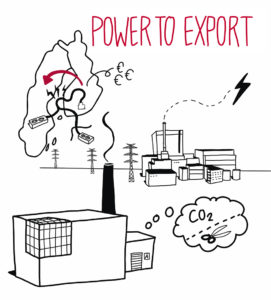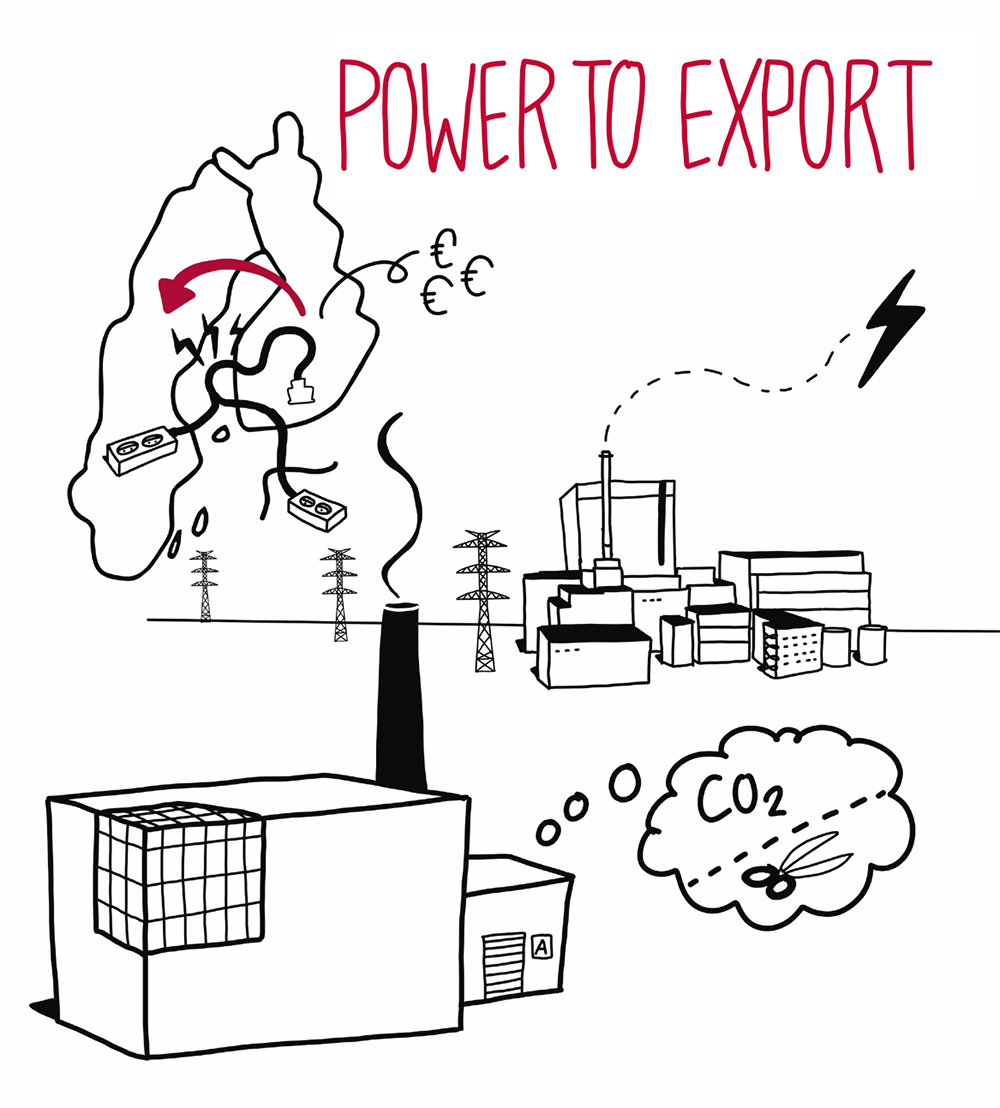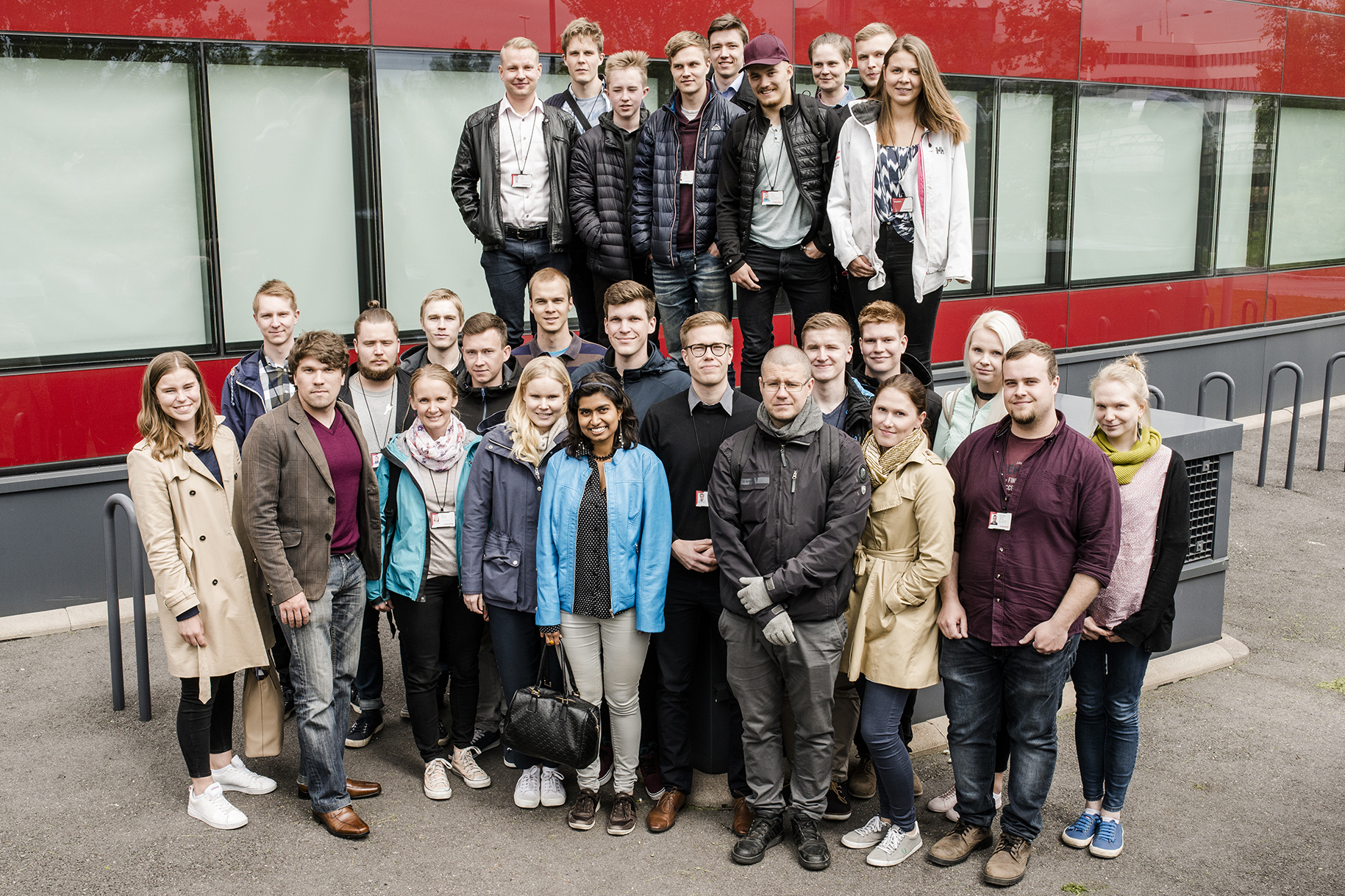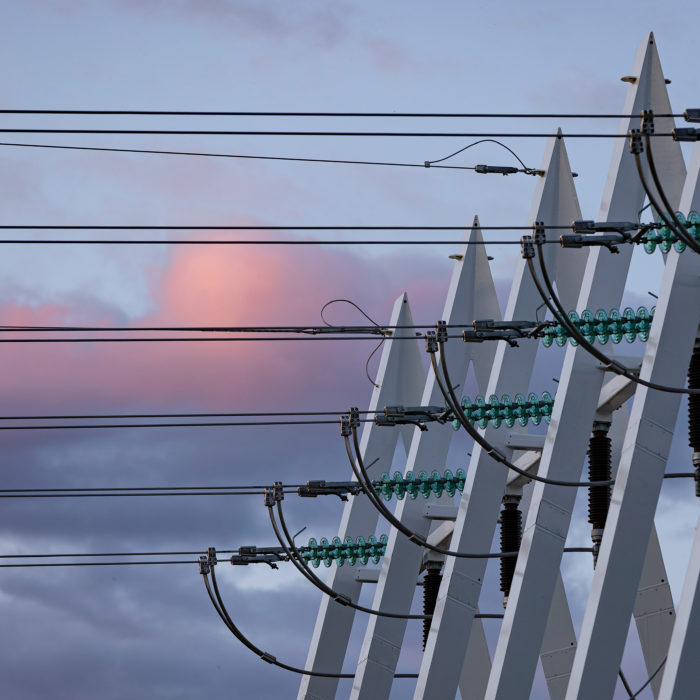Fingrid is making preparations for these changes well in advance so that the power grid can offer the correct transmission capacity. It sets outs its key design policies in the main grid vision, which examines national scenarios and includes network design collaboration with entities in Europe, the Baltic Sea region and the Nordic region.
The main grid development plan drills down to a more tangible level and considers the next ten-year period. The plan forms the basis for initiating transmission line projects and commencing construction.
Network vision: European collaboration and Finnish customers’ comments
“We prepare forecasts of our electricity transmission needs and monitor forecasts from entities such as the authorities, various interest groups and industrial enterprises. Customers provide their own estimates of their electricity consumption trends and information about their ongoing projects,” says Mikko Heikkilä, Fingrid’s Manager of Strategic Grid Planning.
Fingrid is currently preparing its main grid vision, which examines the electricity transmission needs in the coming decades. The main grid vision is Fingrid’s national vision for Finland, and European collaboration on network planning takes place alongside this. At the same time, alternative scenarios – development trends – are also envisaged.

“We model different scenarios for the power system and prepare a transmission requirement analysis. New transmission lines are not always the only way to address the increasing need for electricity; we also investigate innovate, costeffective means of strengthening the transmission capacity of the main grid, such as flexible markets. During the preparation phase, stakeholders are invited to contribute,” Heikkilä says.
The national main grid vision is published every couple of years. The more tangible main grid development plan is published at the same frequency and sets out the investments required in the main grid and the associated costs.
The development plan is flexible in practise, such as on the lake line
Following the work on the vision, a more tangible planning phase begins for a ten-year period.
“When the likely transmission capacity has been identified on the basis of various scenarios, the actual planning of energy transmission connections can begin. Fingrid works in active cooperation with the regional councils responsible for land-use planning. The regional plans show the transmission lines and substations that the transmission grid will require in the future,” says Aki Laurila, Fingrid’s Manager of Grid Planning.
The environmental impacts of transmission line projects are assessed as part of an Environmental Impact Assessment (EIA), with the Centre for Economic Development, Transport and the Environment acting as the coordinating authority.
“The EIA examines transmission line routes on the basis of feedback from stakeholders such as municipalities and landowners,” Laurila continues.
The main grid development plan and, in particular, the schedule for the plan are flexible according to actual needs.
“For example, the need for the Lake Line from Oulu to Lappeenranta has become much more urgent due to the energy revolution since the planning process began. When we worked on Fingrid’s network vision a couple of years ago, we initially anticipated that this line would be needed in the 2030s. However, the rapid increase in wind power construction in Northern Ostrobothnia and the growth in demand for clean energy have accelerated the need for transmission. The Lake Line project is currently in the EIA phase. The aim is to commission the Lake Line in 2026,” Laurila says.




